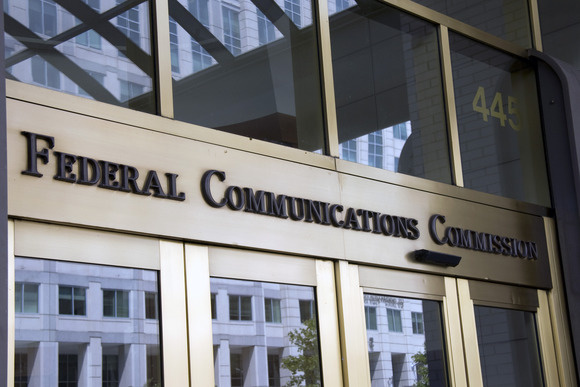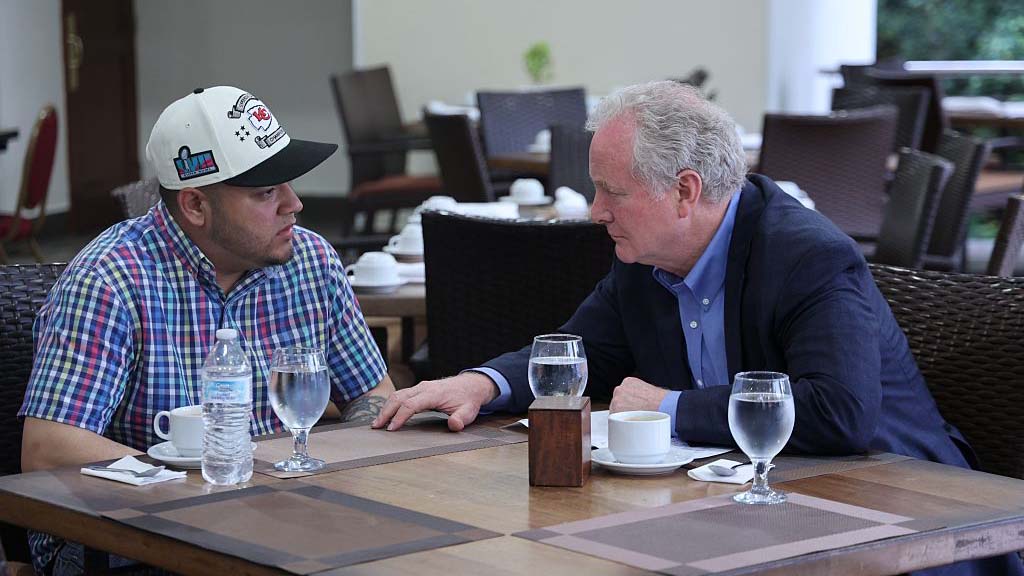The FCC Responds About Repack
TV Technology contacted the FCC’s Office of Media Relations for their input Oct 15, two days prior to Chairman Pai’s statement to the Senate Financial Services Subcommittee. The following statement was issued by Neil Derek Grace, Senior Communications Advisor, FCC:

“The broadcast repack is progressing as designed and is right on schedule. Overall, the number of stations that moved off their pre-auction channel in the first few phases of the transition schedule was actually ahead of the number of stations we planned to have completed because a number of stations asked to move earlier than their originally planned transition date. As of today, of the total 987 stations included in the 39-month Transition Scheduling Plan, 546 have already moved off their pre-auction channel. This is fully consistent with the number of transitioned stations anticipated when the Plan was prepared at the beginning of the transition period. With the end of Phase 6 scheduled at the end of this week we anticipate that number will increase by another 100 plus stations.
The transition scheduling plan anticipated resource constraints, weather impacts, and other factors, and includes flexibility to work with individual stations that face unforeseen challenges on a case-by-case basis to adjust requirements in a manner that does not negatively impact the overall transition scheduling plan. We’ve worked with stations who needed to implement interim measures or move to a later phase as a result of unforeseen delays. As of today, we’ve granted over 190 phase changes, moving some stations to earlier phases and some to later phases. We have also granted special temporary authority to operate a variance to many stations and extended construction permit deadlines. We moved the deadline five days later for all Phase 5 stations phase to assure that viewers would not be required to rescan their TVs during Hurricane Dorian and risk missing important emergency news and information. We anticipate that all stations will transition by the end of the transition period, July 3, 2020. If individual stations face challenges completing their permanent postauction facilities, we will continue to work with them as we have throughout the transition by applying the flexibility included in the overall plan.
Background
• Our data shows that 423 of the transitioned stations are operating on their new channel without any variance, which is more than 77% of the total transitioned stations. It is not accurate in many cases to equate interim facilities with poor coverage or with transition delays. Some stations that have not entirely completed their construction may be using interim facilities with little or no decreased coverage or population loss but instead closely match their permitted facilities. Some station’s interim facilities have coverage that is better than the station’s pre-repack facilities and the remaining work to be done is to complete post-auction maximization. Some stations have loss in coverage on interim facilities that is due to causes separate from the repack.
• Counting the number of transitioning stations by month of the transition is not a reasonable approach. The Transition Scheduling Plan grouped all transitioning stations into 10 phases and assigned each phase a phase testing period start date and a phase completion date, or deadline. Stations may transition any time after the start of the phase testing period and must be off their pre-auction channel by the phase completion date. Many stations have elected to transition at the phase completion date, in some instances due to the need to coordinate with other stations that are in linked sets due to interference considerations. Therefore, for instance, in Phase 5 and 6, most of the 100 plus stations in the phase elect to transition at the end of the phase.
For more information on the repack, visit TV Technology's repack silo.
Get the TV Tech Newsletter
The professional video industry's #1 source for news, trends and product and tech information. Sign up below.
James E. O’Neal has more than 50 years of experience in the broadcast arena, serving for nearly 37 years as a television broadcast engineer and, following his retirement from that field in 2005, moving into journalism as technology editor for TV Technology for almost the next decade. He continues to provide content for this publication, as well as sister publication Radio World, and others. He authored the chapter on HF shortwave radio for the 11th Edition of the NAB Engineering Handbook, and serves as editor-in-chief of the IEEE’s Broadcast Technology publication, and as associate editor of the SMPTE Motion Imaging Journal. He is a SMPTE Life Fellow, and a Life Member of the IEEE and the SBE.

